Photo by Marek Studzinski on Unsplash
Collaborative divorce has transformed divorce proceedings substantially. This alternative method provides couples with a more amicable solution to resolve disputes and end their marriage. By focusing on working together, couples avoid drawn out courtroom battles and put less strain on themselves and those around them.
Benefits of Collaborative Divorce
Collaborative divorce offers numerous advantages over traditional divorce methods, both financially and emotionally. Unlike contentious court battles that can drain bank accounts and heighten tensions, collaborative divorce encourages open communication and cooperation between parties.
Financial Benefits:
- Lower legal costs due to reduced court time
- Shared expenses for neutral experts
- Preservation of assets through negotiation
Emotional Benefits:
- Reduced stress and anxiety
- Better co-parenting relationships post-divorce
- Empowerment through active participation in decision-making
Compared to traditional divorce, which often leaves both parties feeling defeated and resentful, collaborative divorce aims for win-win solutions that respect the needs and interests of all family members.
The Collaborative Divorce Process
A Collaborative divorce is a form of uncontested divorce. The collaborative divorce process typically involves several stages, each designed to promote open dialogue and fair resolutions:
- Initial consultation: Both parties meet with their respective attorneys to discuss the collaborative approach.
- Participation agreement: All parties sign an agreement committing to the collaborative process.
- Information gathering: Financial documents and other relevant information are shared transparently.
- Joint meetings: A series of meetings are held to address various aspects of the divorce settlement.
- Negotiation and problem-solving: Parties work together to find mutually acceptable solutions.
- Final agreement: Once all issues are resolved, a final agreement is drafted and signed.
Throughout this process, a team of professionals supports the couple:
- Collaborative lawyers: Guide the legal aspects and facilitate negotiations
- Financial advisors: Provide expertise on property division and financial planning
- Mental health professionals: Offer emotional support and help with communication
- Child specialists: Advocate for children’s needs and assist with parenting plans
Legal and Social Implications
The rise of collaborative divorce has significant implications for both legal systems and society at large. As more couples opt for this approach when seeking divorce, court dockets may see reduced caseloads, allowing judges to focus on more complex or contentious cases.
This alternative process promotes resolving disputes amicably, having a positive effect on not only the disputing parties, but also on children and family members affected by the divorce proceedings. The emotional strain and stress of divorce can be avoided or lessened by couples working together.
The Promise of Collaborative Divorce
According to the CDC, 2.4 out of every 1,000 people will face divorce. Collaborative divorce represents a paradigm shift in family law, offering a more humane and constructive approach to ending a marriage. By prioritizing communication, cooperation, and mutual respect, this method addresses many of the shortcomings of traditional divorce proceedings.
Collaborative divorce will become increasingly popular for couples looking to resolve their divorce disputes quickly and without the stress and emotional turmoil of a traditional court battle. By promoting healthier relationships post-divorce, couples will ensure that family ties remain intact.


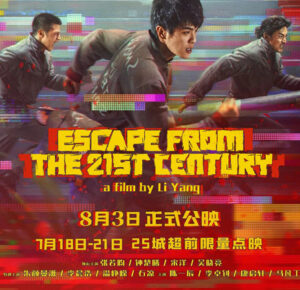

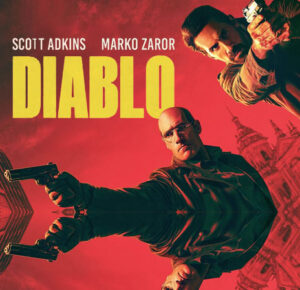

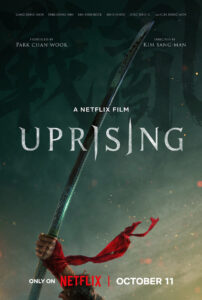
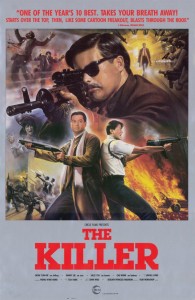
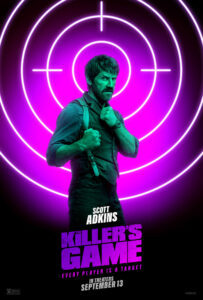
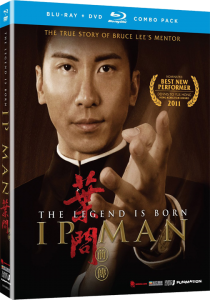


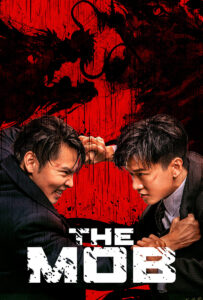

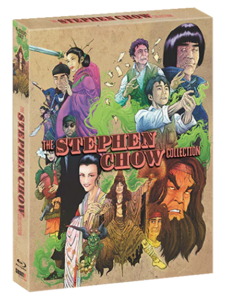


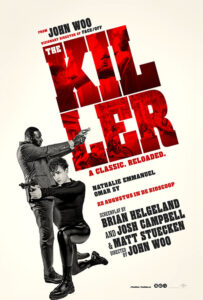



Be the 1st to Comment